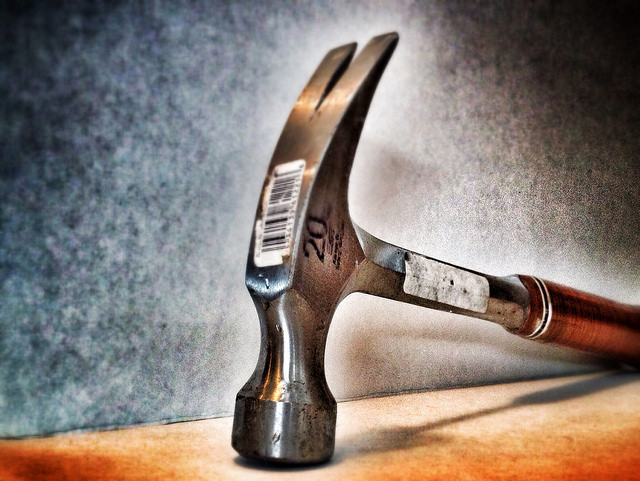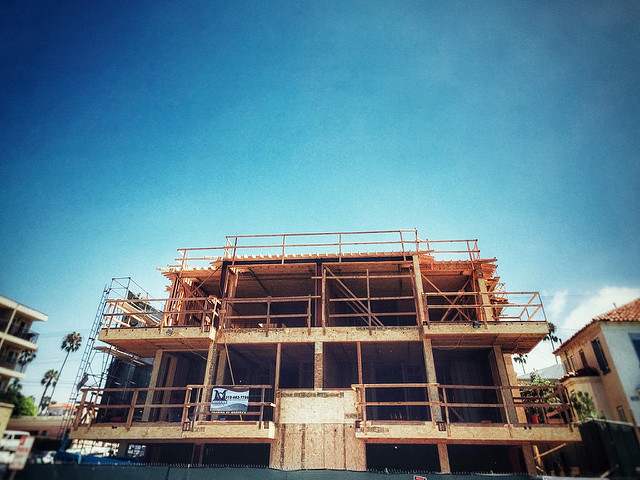New homes play an important role in bolstering the economy and balancing the housing market. When new homes are being built, it is a sign that the economy is doing well, jobs are being created, and Americans are on the move. Because of this, the National Association of Home Builders’ Housing Market Index is an important resource for gauging the market’s health and future outlook. Each month, the index tracks builder confidence in the market for new homes on a scale where any number above 50 indicates more builders view conditions as good than poor. In April, builder confidence held at 58 for the third consecutive month. Ed Brady, NAHB’s chairman, says it’s a sign that the market is slowly improving. “Builder confidence has held firm at 58 for three consecutive months, showing that the single-family housing sector continues to recover at a slow but consistent pace,†Brady said. “As we enter the spring home buying season, we should see the market move forward.†In support of Brady’s point, the index did find that builders are optimistic about sales over the next six months. In fact, the component measuring future expectations rose one point to 62. More here.













